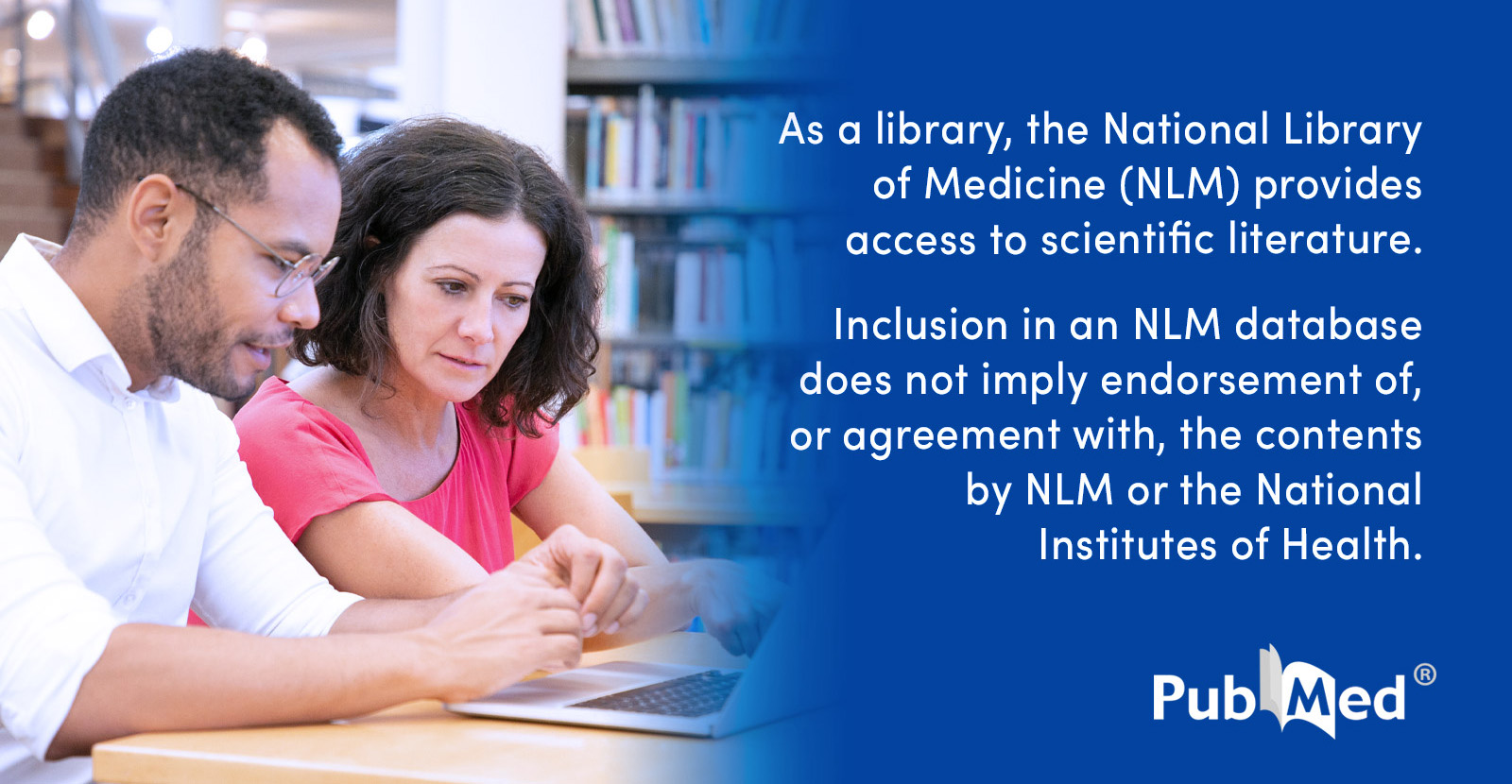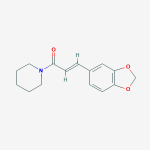polymath
Bluelight Crew
- Joined
- Nov 4, 2010
- Messages
- 1,884
The compound methylpiperate, a minor component of pepper plants, seems to be a selective MAO-B inhibitor with a Ki value 2-3 times lower than that of piperine...

 www.ncbi.nlm.nih.gov
www.ncbi.nlm.nih.gov

 www.ncbi.nlm.nih.gov
www.ncbi.nlm.nih.gov
Could this mean that methylpiperate could actually be a useful selegiline-like compound? It seems unclear, for instance, whether it metabolized too quickly to be of practical use. Or whether there's enough of it in any commercial plant extract to make any difference.

Methylpiperate derivatives from Piper longum and their inhibition of monoamine oxidase - PubMed
We have previously reported that piperine, a known piperidine alkaloid from Piper longum, competitively inhibited mouse brain MAO-A and MAO-B activities. Piperine also showed in vivo antidepressant-like activity against the tail suspension test. In the present study, we further expanded on the...
We have previously reported that piperine, a known piperidine alkaloid from Piper longum, competitively inhibited mouse brain MAO-A and MAO-B activities. Piperine also showed in vivo antidepressant-like activity against the tail suspension test. In the present study, we further expanded on the identification of MAO inhibitors from the fruit of P. longum. Activity-guided fractionation of a methylene chloride soluble extract led to the isolation of three known piperine-related compounds, methylpiperate (1), guineensine (2), and piperlonguminine (3). Of these, methylpiperate (1) and guineensine (2) showed significant MAO inhibitory activities with IC50 values of 3.6 and 139.2 microM, respectively. Furthermore, methylpiperate (1) exhibited a selective inhibitory effect against MAO-B (IC50 value: 1.6 microM) than MAO-A (IC50 value: 27.1 microM). The kinetic study using the Lineweaver-Burk plots analysis suggested that methylpiperate (1) competitively inhibits MAO-A and MAO-B activities with the Ki values of 23.5 and 1.3 microM, respectively.

Piperine from the fruits of Piper longum with inhibitory effect on monoamine oxidase and antidepressant-like activity - PubMed
A bioassay-guided isolation of the ethanol extract from the fruits of Piper longum yielded a known piperidine alkaloid, piperine, as a monoamine oxidase (MAO) inhibitor. Piperine showed an inhibitory effect against MAO-A (IC50 value: 20.9 microM) and MAO-B (IC50 value: 7.0 microM). Kinetic...
A bioassay-guided isolation of the ethanol extract from the fruits of Piper longum yielded a known piperidine alkaloid, piperine, as a monoamine oxidase (MAO) inhibitor. Piperine showed an inhibitory effect against MAO-A (IC50 value: 20.9 microM) and MAO-B (IC50 value: 7.0 microM). Kinetic analyses by a Lineweaver-Burk plot clearly indicated that piperine competitively inhibited MAO-A and MAO-B with Ki values of 19.0+/-0.9 microM and 3.19+/-0.5 microM, respectively. The inhibition by piperine was found to be reversible by dialysis of the incubation mixture. In addition, the immobility times in the tail suspension test were significantly reduced by piperine, similar to that of the reference antidepressant fluoxetine, without accompanying changes in ambulation when assessed in an open-field. These results suggest that piperine possesses potent antidepressant-like properties that are mediated in part through the inhibition of MAO activity, and therefore represent a promising pharmacotherapeutic candidate as an antidepressant agent.
Could this mean that methylpiperate could actually be a useful selegiline-like compound? It seems unclear, for instance, whether it metabolized too quickly to be of practical use. Or whether there's enough of it in any commercial plant extract to make any difference.

